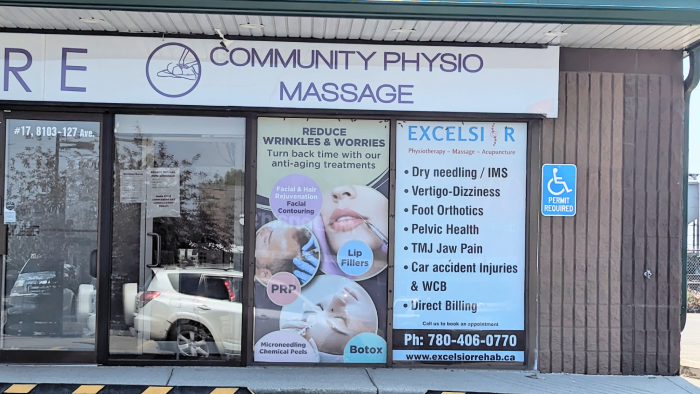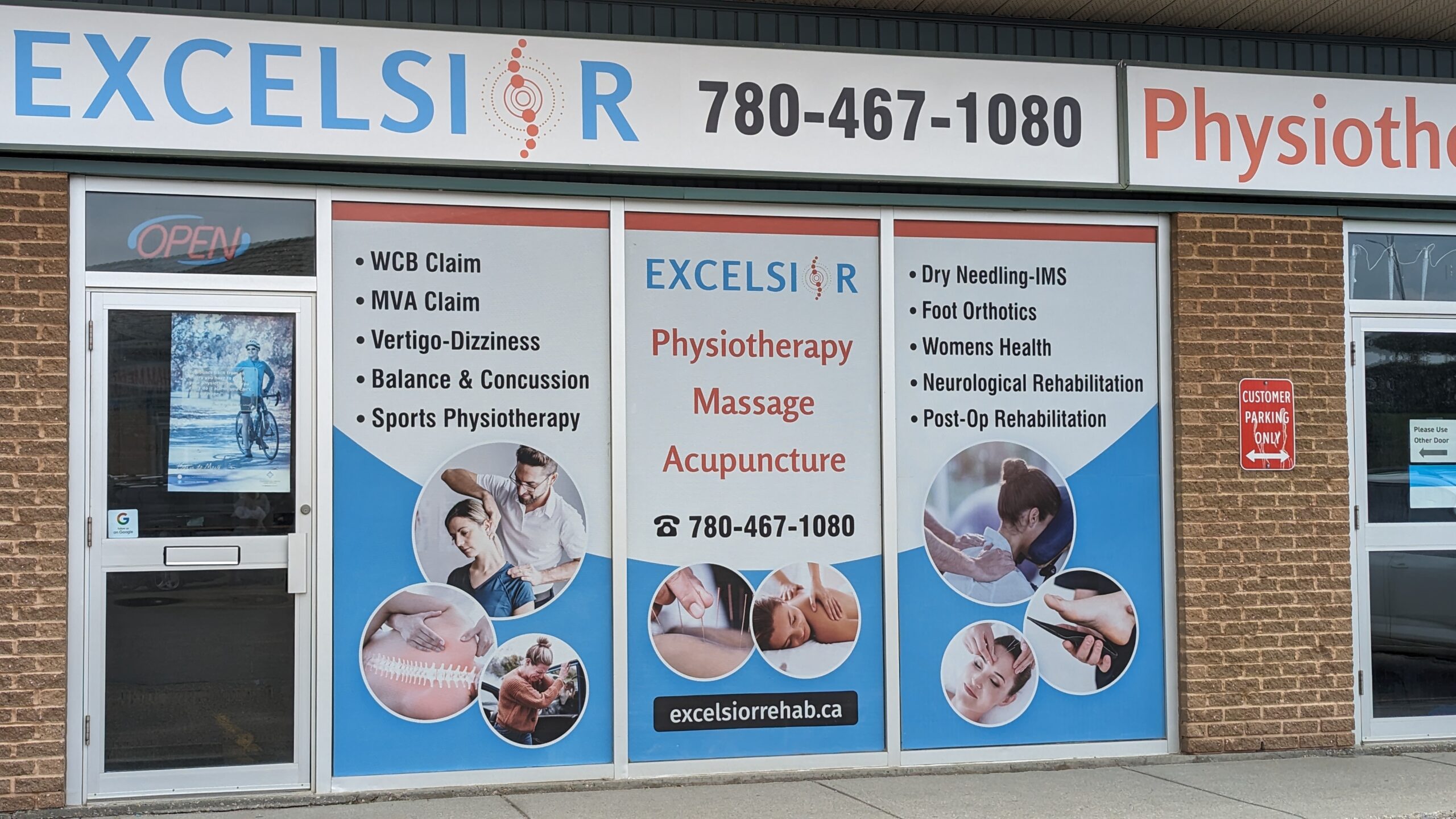FAQS on Upper Back and Neck Issues
Home » FAQS on Upper Back and Neck Issues
FAQS on Upper Back and Neck Issues
Q1. I've been following the Olympics and have been considering starting a workout regimen again. However, I occasionally experience neck ache (particularly when I do try to exercise). What can I do in this regard?
Neck discomfort affects people of all ages often and for a variety of causes. More women than men appear to be impacted. Neck stiffness, soreness, disorientation, and lack of muscle control can affect anyone, including professional athletes, amateur athletes, and mothers who work from home.
Q2. My neck injury from high school, according to what I've been informed, is probably what's causing my dizziness, but no one appears to know how to fix it. Can you offer any suggestions? Any workouts that could be helpful?
Oculomotor control, or using the eyes and head simultaneously, is a sophisticated system that depends on the coordination of neck and eye muscles as well as cervical spine motion, neck strength, and even a phenomenon termed neck repositioning acuity.
Q3. Tell me about the spinal compression fracture treatment known as balloon kyphoplasty. I heard about this online, but it seems implausible. What is the drawback?
A mini-collapse of a vertebra in the spine is referred to as a vertebral compression fracture. When seen from the side on an X-ray, a bone with small fracture lines (often the front part of a vertebra) appears wedge or pie-shaped. The majority of older persons with osteoporosis get this sort of fracture.
Q4. Due to neck pain after a car accident two months ago, I'm currently seeing a physiotherapist. She claims that in order for me to regain my neck motion, certain "trigger points" must be relieved. Is this a typical issue following a whiplash injury, or am I the exception?
Up to 40% of people who sustain neck injuries in auto accidents develop chronic discomfort and lose neck motion. Trigger points (TrPs) are most likely a significant factor in the situation, both in terms of cause and impact.
Q5. I Googled "neck pain" because I've had it for years, and your website was the first result. What can you advise me about the best method to escape this situation without seeing me?
It is always a good idea to visit a doctor to ensure nothing major is wrong. The three main things to rule out are infection, malignancy, and fracture. You have a few options if it turns out that your pain is mechanical in nature. There are many different options for treating chronic biomechanical neck pain, including physiotherapy, massage therapy, acupuncture, homeopathy, and many others. The physiotherapist can assist with a variety of techniques, such as spinal manipulation, soft tissue mobilization, electrotherapy, and simple exercises.
Q6. Could you give me a list of potential complications with a cervical disc replacement? I'm researching this on my own behalf. My C5-C6 disc has deteriorated. Not interested in fusion, but unsure of the quality of these new parts.
Sure. Before artificial disc replacements (also known as cervical disc arthroplasty) were created, neck fusion was the standard treatment for people with chronic neck pain and instability. The fusion reduced discomfort by stopping motion at the diseased level. The three most popular disc replacement products available right now are:
- ProDisc-C
- Bristol Disc
- BRYAN cervical disc
Q7. For a whiplash injury I sustained three months ago, I've seen my usual physician, a physical therapist, and a chiropractor for treatment. I'm still in agony and haven't gotten any better. What I should do next is beyond understanding. What would you suggest?
This may seem a little strange considering everything you have been through, but studies suggest that receiving too much medical attention too soon after a whiplash injury is feasible. You might be interested in a recent review looking at the results of early whiplash treatment. There is a ton of proof that the best approach huge this issue is education, home workouts, and resuming routine activities shortly is feasible. It appears to be extremely beneficial to lessen patients' dread and anxiety around their illness.
Q8. I was in an automobile accident around six weeks ago, which required me to wear a neck brace for a month. It's really tough for me to turn my head now that I'm outside. I can't turn quickly, which is a big issue while I'm driving. What can I do in this regard?
Anyone who has had a whiplash injury as a consequence of an accident is familiar with the pain, stiffness, and loss of motion that can follow. In a few days to a few weeks, most patients fully recover. But an equal number also experience persistent symptoms known as whiplash- associated disease (WAD). The movement limitations and issues with neuromuscular control that can result from neck injuries are known to therapists. After a brace, the capacity to move the head and neck swiftly and smoothly is one of the movement patterns that is notably impacted by whiplash damage. Important objectives of rehab program include assisting you in regaining motion, motor control, coordination, and muscle endurance. A rehabilitation strategy could aid in preventing the emergence of a persistent whiplash-related disease. Rehab's second objective would be to lessen the frequency of your neck discomfort episodes after a whiplash injury.
Q9. For the past few months, mother has complained about stiffness and neck ache. Rheumatoid arthritis has been confirmed for her, however, it solely affects her hands. Is it possible that the arthritis may be to blame for these new symptoms?
Rheumatoid arthritis (RA) can affect any joint in the body, including the cervical spine (neck), despite the fact that it initially appears to target the tiny joints of the hands and feet. Pain in the head, neck, or arms that may or may not be accompanied by tingling or numbness in the hands or arms are some of the symptoms.
Q10. I've had frequent back and neck pain for several weeks. My parents have warned me about having my neck cracked since it could result in paralysis. How about adjusting the middle of my back? Would that be useful?
Actually, there are several research that back the use of upper back thrust manipulation to treat neck pain. It has been demonstrated that spinal manipulation to straighten the mid-to- upper spine relieves neck pain right away.






